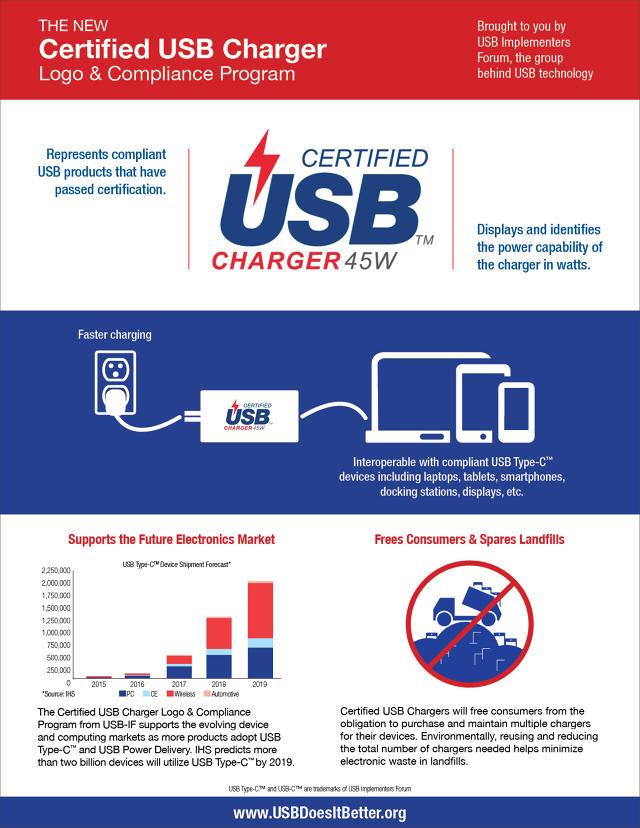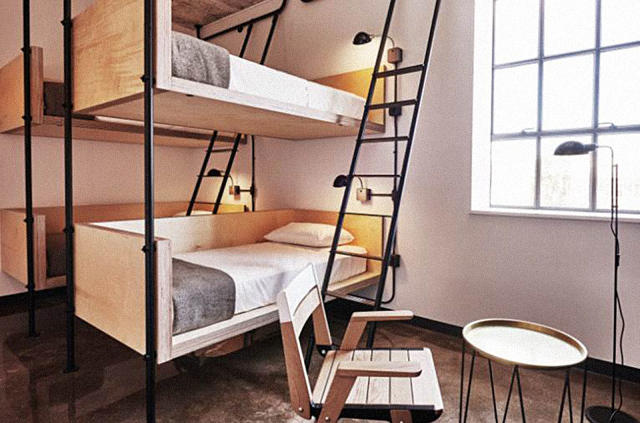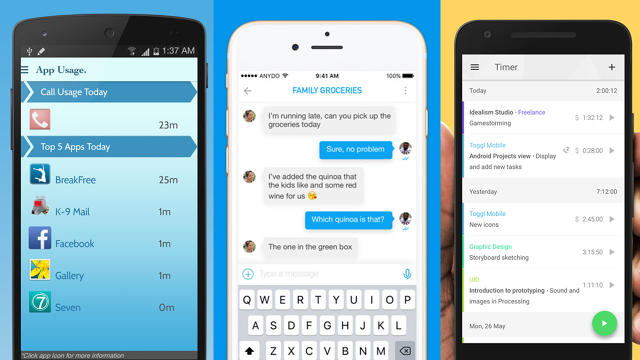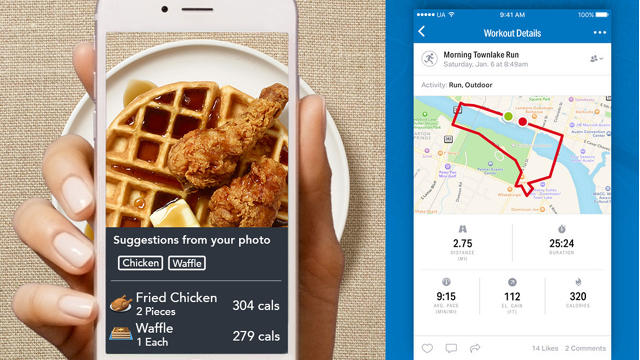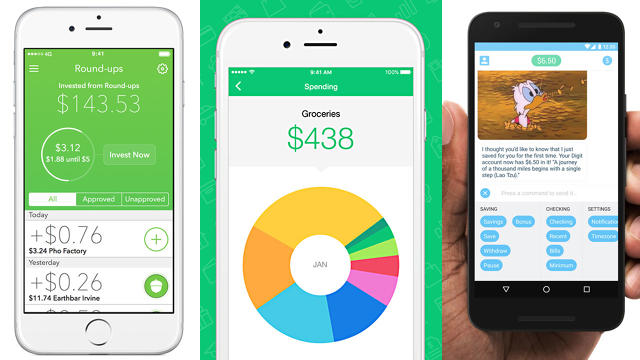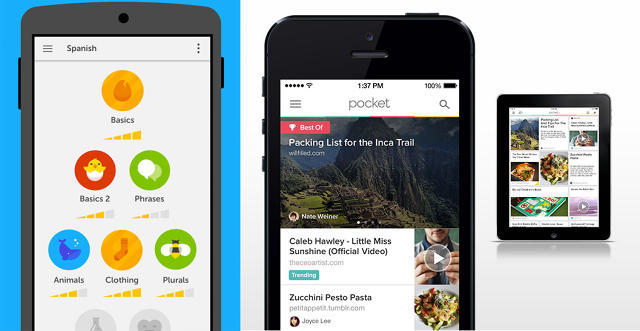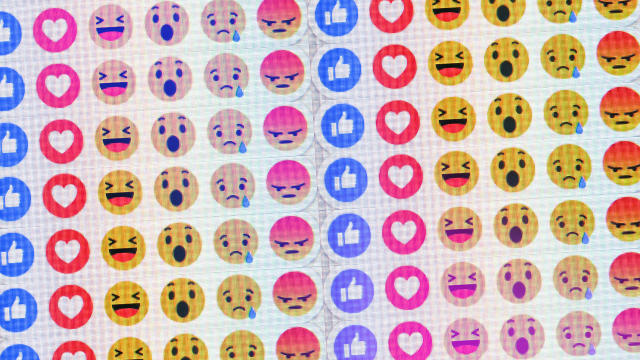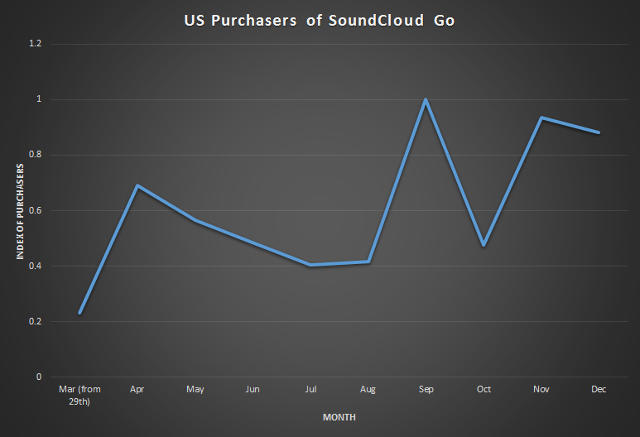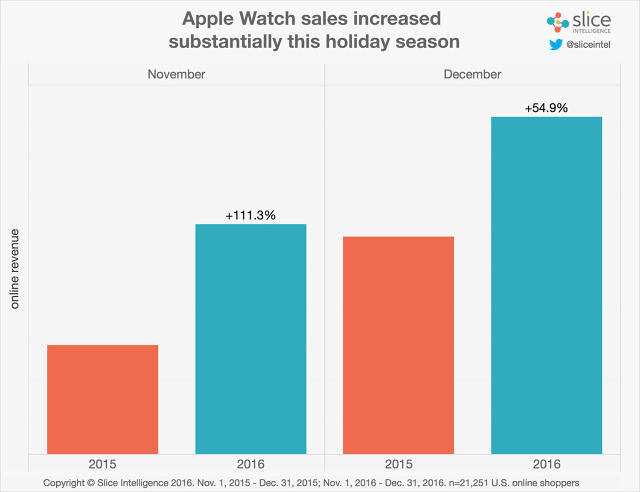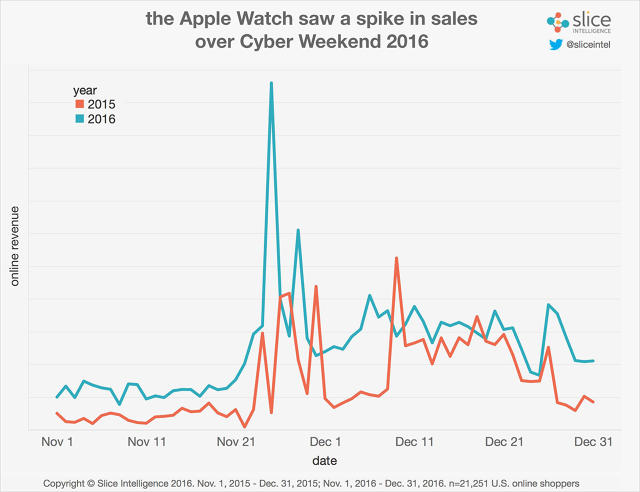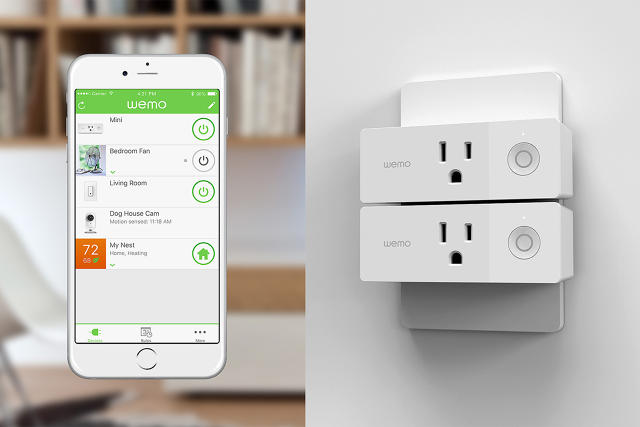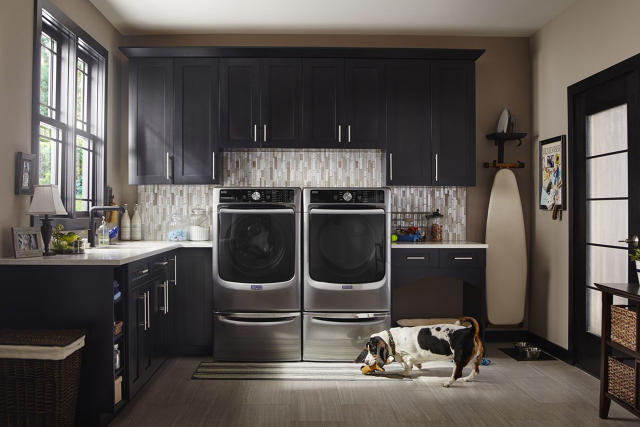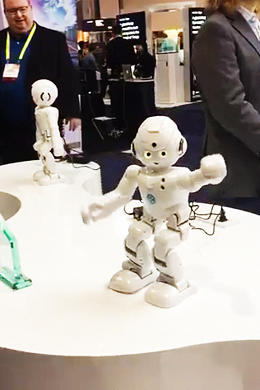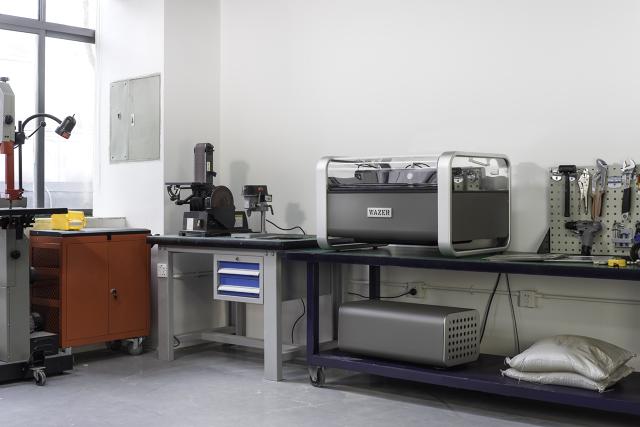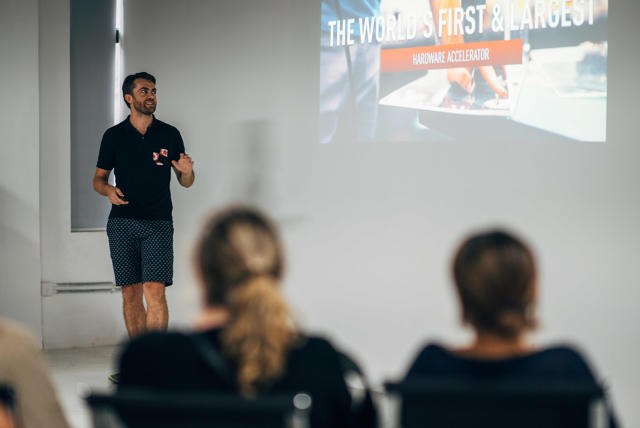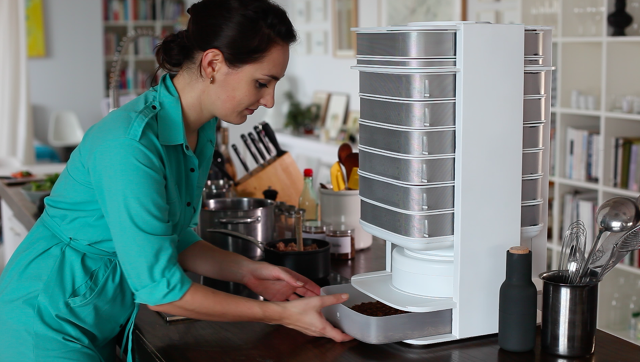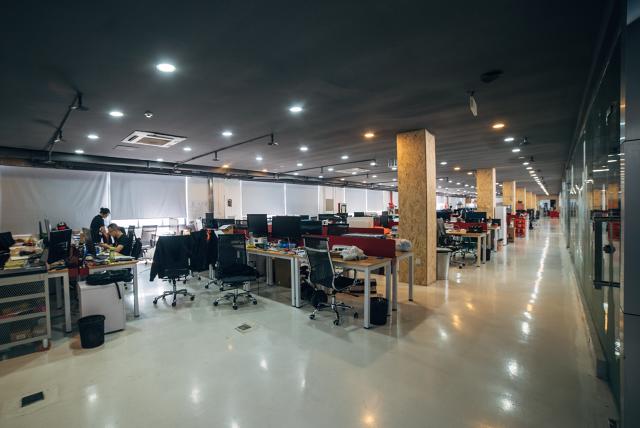For your brain to hang on to a memory, it sometimes has to fudge the details.
Just admit it: Your memory's going—or you sometimes worry it is, anyhow. Even if you tend to remember things better than others, you still forget appointments, names, and key facts you need. You aren't always sure you're getting the details right of that one story you like to tell—it happened so long ago. Year after year, the older you get, every piece of information that you struggle to retrieve is just the latest sign of an impending cognitive apocalypse.
Relax. The fact is that your cognitive system is organized to forgetmost of what you encounter. Not only is that a good thing, but even misremembered "facts" and experiences are potentially powerful tools for your brain to draw on.
What We're Built To Forget, And Why
Much of the information you encounter each day just isn't important enough for your brain to hold onto in any real detail.
There are lots of small requests you fulfill that may matter in the moment but lose all their value—to your memory, at least—as soon as they're completed. And there are lots of inconsequential stories you hear that you're unlikely to need again after you hear them.
By forgetting, your mind is sparing you not just cognitive effort but also some emotional anguish. Sometimes people do little things that annoy you, and if you perfectly remembered the details of these slights, you might begin resenting everyone you know.
How does it decide what to ax from your memory? Your brain uses several factors to vet information for long-term retrieval, and what doesn't make the cut gets forgotten. Once you understand that criteria, you can use it to your advantage.
What Your Brain Considers Memorable
Your brain wants to store things that are likely to be important, and there are two main ways it determines importance.
First, experiences that evoke strong emotional reactions are likely to be remembered. Your emotional reactions reflect the engagement of your motivational system. When you're pursuing a goal that matters to you, you feel good when you succeed and bad when you fail. The more deeply engaged you are with the goal, the stronger your emotional reaction to the outcome of your efforts to achieve it, and subsequently the more likely you are to remember the experience.
In addition, the more effort you put into thinking about information, the more likely it is to be stored for later retrieval. Cognitively speaking, the brain is an expensive organ to operate. It's only about 3% of your body weight but consumes 20–25% of your daily energy supply. So anything you spend time thinking about is something you've literally devoted energy toward. And the brain holds on to this deeply processed information just as firmly as it does deeply felt experiences.
Second, the brain wants to store information that you're likely to need again in the future. Carnegie Mellon psychologist John Anderson has argued that the brain acts a little like a library whose lending system is constantly trying to decide whether a book is likely to be taken out again in the future. Books that are taken out often are likely to be taken out again in the near-term. And since knowledge that's needed regularly has to be stored in a way that makes it retrievable, going over a piece of information continuously ensures that it will remain easily accessible.
Anderson also points out that books are likely to be taken out if other books on a similar topic have been taken out recently. In other words, learning something related to knowledge you use often is more likely to be recalled later than knowledge in an area that's new to you. So if you need to learn something that isn't well connected to other things you already know, you need to study it often and find ways to relate it to knowledge you already have.
Finally, books are likely to be taken out again soon after they've been returned. So newer information in memory is often more accessible than information you learned a long time ago. Going back to review old information that you think you may need again in the future is a great way to refresh yourself on facts you learned in the past.
The Upsides Of Misremembering
These are all ways you can help your brain remember things, but they won't necessarily prevent it from remembering things incorrectly—at least some of the time. But even an inaccurate recollection is often more useful to you than no recollection at all.
As it connects information together in the process of storing it, your brain builds what psychologists call "schemas," structures or outlines that set your expectations for what's likely to occur in the future. Subsequent experiences that conform to your schemas are more likely to make it into your memory.
Even if that means warping their details in order to fit. In a classic study from the early 1970s, psychologists John Bransford and Marcia Johnson had participants read a story whose title suggested a certain schema: "Watching a Peace March from the 40th Floor."
It described crowds moving around, TV cameras, and speeches, but tucked in the middle was a strange sentence: "The landing was gentle, and the atmosphere was such that no special suits had to be worn." That detail didn't really fit with the schemas most people had about what took place during a peace march. So when asked to recall the story later, they didn't remember that sentence at all.
Another group in the same study did, however. They read the identical story, but it was titled "A Space Trip to an Inhabited Planet." That strange sentence suddenly made plenty of sense, and they recalled it much more easily than the other group could.
When you experience unfamiliar situations, you tend to pay more attention in the first place to the parts that fit with your existing schemas. Then, with time, your memories of those situations continue to morph, bringing them further in line with your brain's most typical schemas—and further from the truth.
But that cost to accuracy is the price of admission to your long-term memory. When you recall a memory, it feels as though you're just summoning it up wholesale, but in reality your mind is reassembling disparate bits of information from various locations in your brain, using its schemas as assembly instructions to build something coherent. So maybe you combine details of two totally different events or remember something that didn't happen at all.
But even with those inaccuracies, many of them trivial, the memory you construct is still useful to you—because it makes sense. That connectedness and sensibleness (rather than its accuracy) allows you to recall more information than you could had you tried stuffing bits of disconnected data into your head. So even if that isn't exactly what Aunt Marge said that made your cousin spit out his cranberry sauce that one Thanksgiving, it's okay to remember it that way. Otherwise you may not remember it at all.
Part of this article is adapted from Brain Briefs: Answering Questions to the Most (and Least) Pressing Questions about Your Mind by Art Markman and Bob Duke. It is reprinted with permission.




